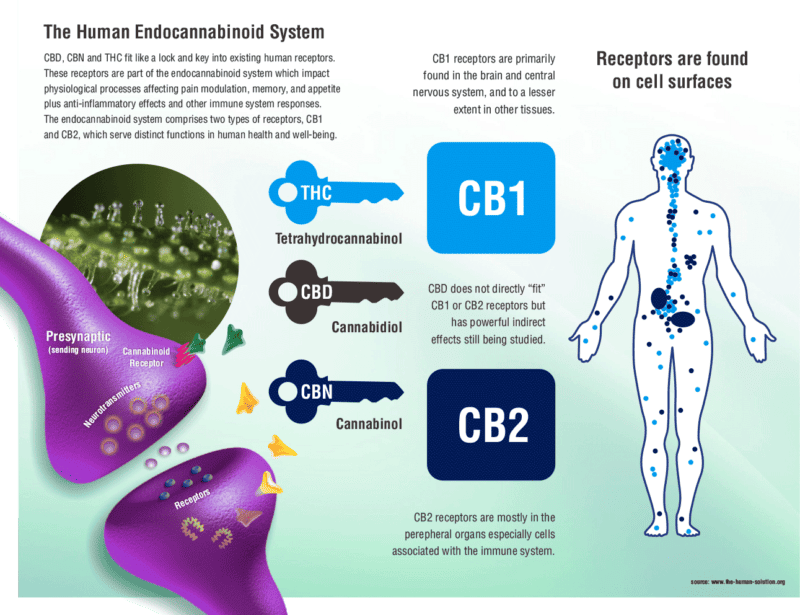How CBD Helps In Relieving Pain- 3 Things You Should Know!
People from different parts of the world are cultivating cannabis for thousands of years for recreational, medicinal, and even spiritual purposes. Then came the last few decades, when its cultivation and consumption were restricted in many developed countries, the USA being one of them. However, with time, studies from different parts of the world came forward, proving this herb’s medicinal potentials. CBD oil for pain relief has become something many are benefiting from. As a result, many countries have started lifting the ban on cannabis consumption as well as cultivation.

In December 2020, the US house of representatives issued a landmark bill decriminalizing cannabis. This brought good news for the people who want to explore the therapeutic effects of CBD. Cannabidiol oil is an oil derived from the extracts of cannabis Sativa. As the research on CBD oil for pain relief acquired momentum, researchers and people have started claiming its effectiveness against many illnesses including pain and inflammation.
The studies started confirming the therapeutic benefits of cannabidiol oil. As a result, products like CBD full spectrum for pain, capsules, topical solutions, and similar products started filling consumers’ shopping carts. CBD can provide relief from many modern-day problems like depression and anxiety; however, this article concentrates on the effect of CBD on pain and three important things you know before using it.
CBD does not produce a high
CBD is a compound that comes from the cannabis family, which is famously known to induce euphoric effects. Tetrahydrocannabinol, a chemical present in the cannabis plant, is responsible for such psychoactive effects. CBD does not contain THC. Therefore, it does not induce any kind of ‘high’ after its consumption.
CBD oil for Pain Relief from chronic pain
Several disorders like arthritis, sclerosis, immunological disorders, etc., cause pain due to malfunctioning of respective systems of the body. Many people use CBD to manage this pain. Now, experts believe that CBD oil for pain relief happens by interacting with the body’s endocannabinoid system.
Endocannabinoid System: ECS is involved in maintaining various bodily functions like immune responses, sleep, and pain perception. The following three components collectively make the ECS:
Cannabinoid Receptors named as CB1 and CB2
CB1: Found in the central nervous system, i.e., nerves attached to the spinal cord and the brain. They are responsible for our perception of pain.
CB2: Found on the nerves of the peripheral nervous system and immune cells.
Cannabinoids produced by the body: Endocannabinoids
Enzymes regulating the consumption of cannabinoids
CBD displays a wide range of effects on both the nervous systems and the immune system. CBD interacts with CB1 or CB2 receptors to bring out pain-relieving actions.
Mechanisms behind pain-relieving actions of CBD

CBD oil for pain relief resulting from various disorders like arthritis, multiple sclerosis, neuropathic pain, and chronic pain. From its effects on cannabinoid receptors to reducing inflammation, several mechanisms are proposed to explain how CBD provides relief from pain. For many years, researchers believed that cannabinoids reduce pain by activating CB1 and CB2 receptors of ECS. Along with the receptors ECS, CBD also interacts with serotonin receptors, decreasing the pain’s intensity.
Furthermore, experts state that CBD increases the levels of anandamide in the body. Anandamide is a biologically active compound that regulates pain by reducing its perception. CBD also lowers inflammation, which eventually benefits people suffering from pain caused by immune disorders.
Choosing the CBD Oil For Pain Relief

CBD is available in different forms like capsules, gummies for oral consumption, and crèmes and tinctures for topical application. The action of CBD oil for pain relief on the body depends on its route of administration. Therefore, knowing the difference between oral and topical CBD is essential to make the decision.
Topical CBD
Topical benefits of CBD is available in the forms of tincture, creams, and balms. When you apply them around the pain area, your skin absorbs it, and CBD starts interacting with cannabinoid receptors. Topicals start showing their effects in a short time, and that is why many people chose them.
Oral CBD
Tablets, capsules, oil, and gummies of CBD fall under this category. There are two types of consuming oral CBD:
Ingestion, where you can directly take the liquid, tablet, or gummy – In this type, the best CBD oil for pain management takes time to show its effect as the molecules pass through the digestive system.
Sublingual consumption, where you place the drops of CBD oil under the tongue – The blood vessels below your tongue rapidly absorb the oil, which enters the bloodstream and rapidly travels to the receptors of ECS.
You must be thinking about which one of the above is the best method, but the answer to this question lies in your needs. Topical CBD oil for pain relief works great when you want targeted action, like muscle or joint pain. On the other hand, if you are dealing with a bigger problem than that, you can think of using oral CBD for pain relief. The oral forms cast long-lasting effects, which is why they are used for pain caused by inflammation.
Final Thoughts

From daily activities to our outlook towards life, pain can negatively affect various parts of our lives. Nobody wants to live in pain, but some chronic illnesses make it difficult to get through the day. Traditional medications to treat the pain, however many work on the symptom, not on the cause. On the other hand, CBD full spectrum and CBD Isolate with it’s medicinal potential comes forward as a promising solution due to their direct effects on various pain receptors.




Leave a Reply
Want to join the discussion?Feel free to contribute!